Investment in Sustainable Infrastructure
Investment in sustainable infrastructure is emerging as a crucial driver for the Automotive Clean Cold Technology Market. As cities and regions strive to meet sustainability goals, there is a growing emphasis on developing infrastructure that supports clean technologies. This includes the establishment of charging stations for electric vehicles and the integration of renewable energy sources into automotive operations. Such investments not only facilitate the adoption of clean cold technologies but also create a favorable environment for innovation and collaboration among stakeholders. Reports suggest that infrastructure investments could reach billions of dollars in the next decade, further propelling the growth of the Automotive Clean Cold Technology Market.
Consumer Demand for Eco-Friendly Vehicles
The Automotive Clean Cold Technology Market is significantly influenced by the rising consumer demand for eco-friendly vehicles. As awareness of climate change and environmental issues grows, consumers are increasingly seeking vehicles that utilize clean technologies. This shift in consumer preferences is prompting automotive manufacturers to prioritize the development of vehicles equipped with advanced cooling systems that minimize environmental impact. Market data indicates that sales of electric and hybrid vehicles, which often incorporate clean cold technologies, have seen a substantial increase, with projections suggesting that these vehicles could account for over 30% of total automotive sales by 2030. This trend underscores the importance of aligning product offerings with consumer expectations in the Automotive Clean Cold Technology Market.
Regulatory Support for Emission Reduction
The Automotive Clean Cold Technology Market is experiencing a surge in demand due to stringent regulations aimed at reducing greenhouse gas emissions. Governments worldwide are implementing policies that encourage the adoption of cleaner technologies in the automotive sector. For instance, regulations such as the European Union's Green Deal and various national initiatives are pushing manufacturers to innovate and adopt sustainable practices. This regulatory environment not only fosters investment in clean cold technologies but also enhances consumer awareness regarding environmental impacts. As a result, the market is projected to grow significantly, with estimates suggesting a compound annual growth rate of over 10% in the coming years. Such supportive frameworks are likely to drive the Automotive Clean Cold Technology Market towards a more sustainable future.
Collaboration Between Industry Stakeholders
Collaboration between industry stakeholders is becoming increasingly vital for the advancement of the Automotive Clean Cold Technology Market. Partnerships among automotive manufacturers, technology providers, and research institutions are fostering innovation and accelerating the development of clean cold technologies. These collaborations enable the sharing of knowledge, resources, and expertise, which can lead to the creation of more efficient and sustainable solutions. For instance, joint ventures focused on developing next-generation refrigerants and cooling systems are likely to yield significant advancements. As the industry moves towards a more interconnected approach, the potential for breakthroughs in clean cold technology is expected to rise, thereby enhancing the overall market landscape.
Technological Advancements in Cooling Solutions
Technological advancements play a pivotal role in shaping the Automotive Clean Cold Technology Market. Innovations in cooling systems, such as the development of more efficient heat exchangers and advanced refrigerants, are enhancing the performance and energy efficiency of vehicles. These advancements not only improve the overall driving experience but also contribute to reduced energy consumption. For example, the introduction of variable speed compressors and smart thermal management systems has shown to increase efficiency by up to 30%. As manufacturers continue to invest in research and development, the market is likely to witness a proliferation of cutting-edge technologies that cater to the growing demand for eco-friendly automotive solutions.


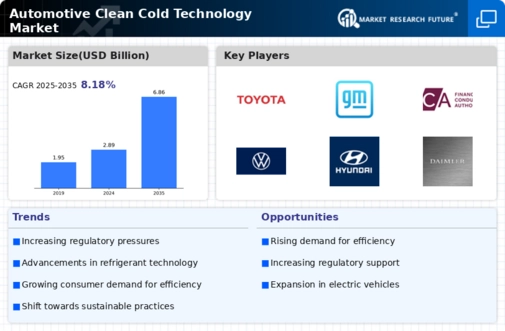
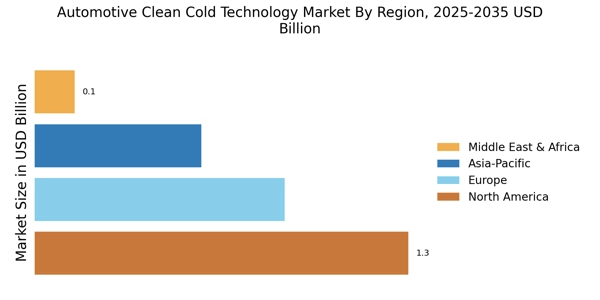



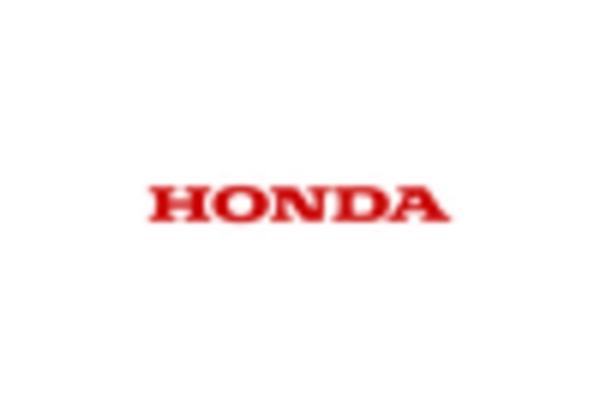
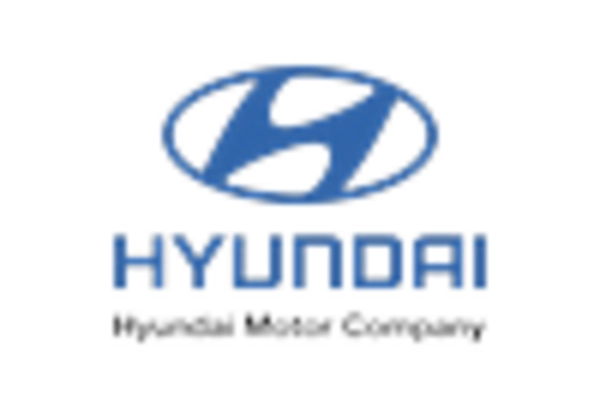
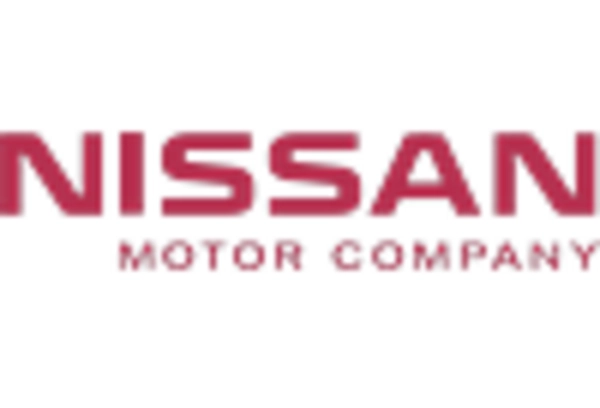








Leave a Comment